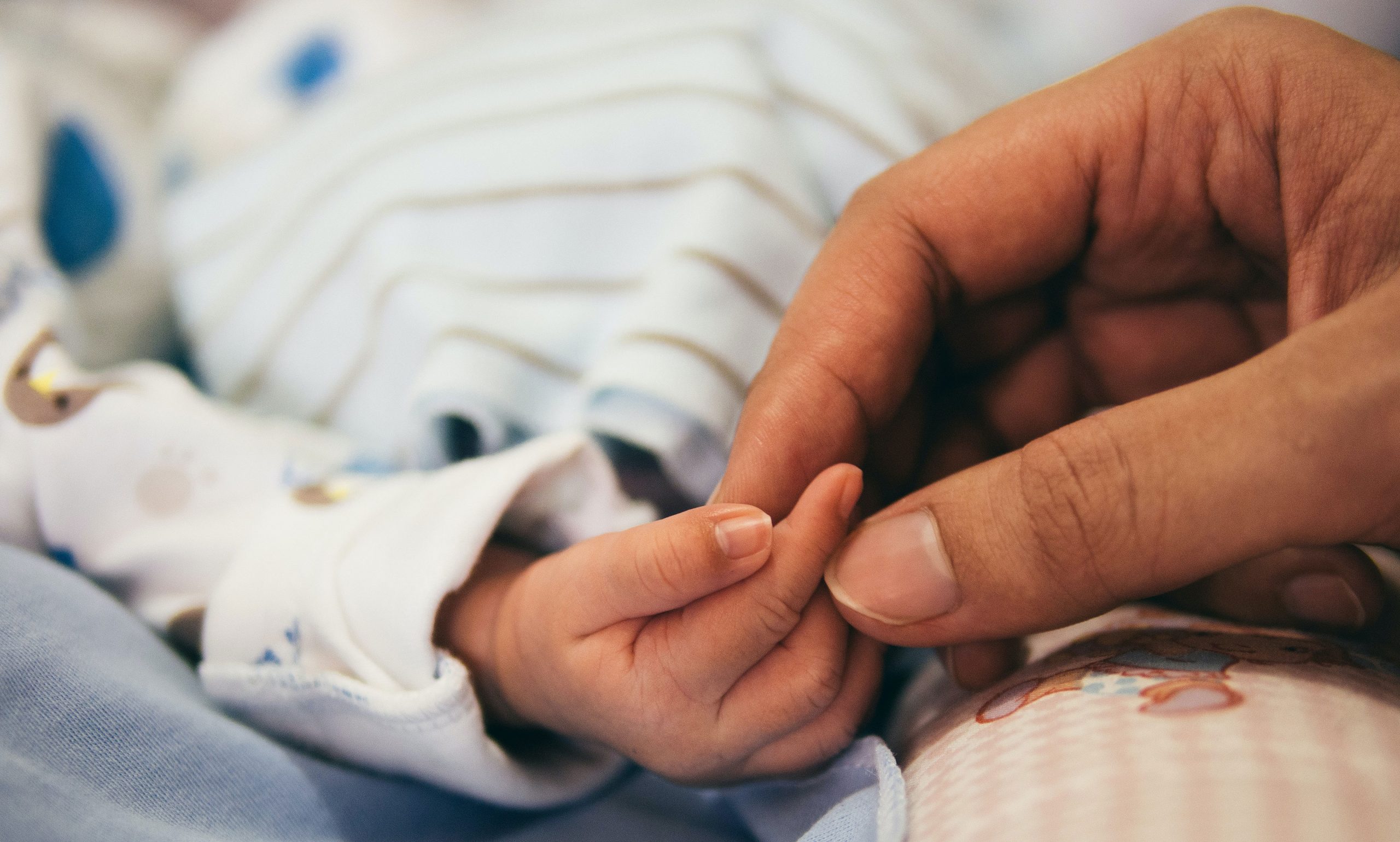
Researchers at the UBC Faculty of Medicine have developed a computer model that accurately predicts a woman’s risk of caesarean birth when they are first admitted to hospital.
The model, created by Dr. Patricia Janssen and her team, analyzes patient information that nurses routinely gather at hospital admission, such as maternal age, gestational age, height, cervical dilation and the regularity of contractions.
In a recent study, the researchers validated the model by applying it retroactively to 344 low-risk births by healthy women at a BC regional hospital, where it was shown to predict the risk of C-section with 77 per cent accuracy. The findings were published in the journal Women and Birth.
“This is one of the most accurate models yet for predicting the risk of caesarean birth, and it comes with the benefit of using information that is readily accessible at the point of hospital admission,” said Dr. Patricia Janssen, a professor at UBC’s School of Population and Public Health. “Our hope is that this model could be easily deployed at health care sites across British Columbia and beyond, where it could be used to improve the care birthing people receive.”

Dr. Patricia Janssen
Previous models for predicting caesarean birth have often relied on an ultrasound assessment, which isn’t always accessible during labour, particularly in rural and remote communities. The new model was shown to be as or more effective than previous tools, while leveraging more readily available information.
The researchers say that understanding a woman’s risk of C-section is important as it can inform the care a person receives and guide interventions aimed at reducing caesarean rates.
“If a person is at low risk for caesarean section, they can be encouraged to go home and continue their labour there in comfort until the labour becomes more advanced. If they are at high risk, there can be more vigilant monitoring and early and more aggressive use of interventions to promote progression in labour,” said Dr. Janssen.
Canada has one of the highest rates of caesarean birth in the world at 31 per cent. The World Health Organization has stated that C-sections should only be performed when medically necessary, as previous research shows they are associated with higher rates of maternal and newborn morbidity.
“Our hope is that this model could be easily deployed at health care sites across British Columbia and beyond, where it could be used to improve the care birthing people receive.”
Dr. Patricia Janssen
For women who are at high risk of needing a C-section, Dr. Janssen says that a number of interventions can be used to promote vaginal birth, including intravenous hydration, positioning to promote descent of the baby, and early administration of medication to promote effective labour contractions. By having a better understanding of a woman’s risk of C-section, these interventions could be offered sooner.
The researchers also examined the model’s performance across caregiver groups and showed that it maintained accuracy whether an obstetrician, family doctor or midwife was the primary care provider for a patient.
“The model is highly flexible and the findings can be generalizable to healthy women experiencing uncomplicated pregnancies presenting at term in spontaneous labour,” said Dr. Janssen. “All of the information collected as part of the risk assessment could also be conducted in home birth, opening up possibilities for the model to be leveraged in even more birth settings across the province.”